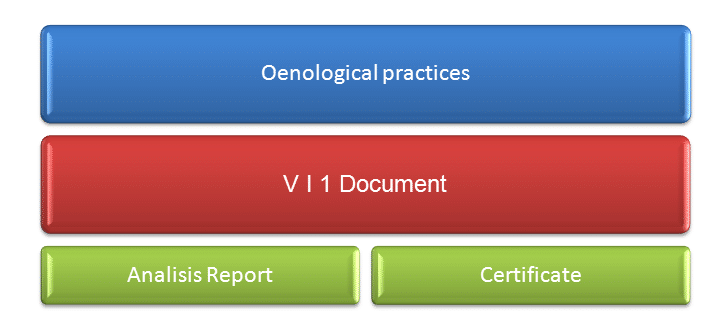

In our previous installments of this multi-part editorial endeavor for the “Best Wine Importers” website that focuses on the buyer’s requirements in the broad context of the European Union’s wine distribution market we put forward a overall classification of the main categories where these requirements fall into. As highlighted in the study published by CBI (“Centre for the Promotion of Imports from developing countries”) and The Ministry of Foreign Affairs of The Netherlands, the fist category of “sine qua non” requirements includes the required oenological practices, comprised but not limited to analysis reports and import certificates, the strict legal requirements relative to food safety issues and contaminants levels and the standard requirements regarding labeling and presentation.
Compliance with the oenological practices imposed by the legislature of the European Union is a sine qua non requirement for the presence of your product on this particular wine distribution market. In order to prove this degree of compliance, all the wine that will eventually end up on the European wine retailer’s shelves must be certified and be accompanied by an analysis report. A single document contains the presentation of the certificate and the analysis report, the V I 1 Document. The certificate is issued by the competent authorities from the product’s country of origin. The analysis report must be issued by an laboratory that is officially recognized by the authorities of the country in which the product originated.
Please do take into consideration the fact that the V I 1 document is not required for consignments of less than 100 liters, transported in labeled containers of less than 5 liters each. A producer must always be knowledgeable in regards to the regulations of a particular market. Therefore, please do not forget to check out the Addendum 1 for this article, a compiled list of the relevant EU regulations on oenological practices, implementation regulations and general EU regulations on wine.
Furthermore, please note that the content of sulphur dioxide is an important factor highlighted by the mandatory analysis report, with three levels set for different types of wine, data presented in the annex I B to Regulation (EC) 606/2009). Further regulation impose the need to label accordingly the wines that contain sulphites. And this brings us to the “Labeling & Presentation” sub-category of requirements, which shall be the topic of the next article of this series. This sub-category of requirements is also legislatively regulated and, as such, our article on this topic will be also accompanied by an addendum, a compiled list of the relevant EU legislative regulations.
Image courtesy of Berlando Leal – Some rights reserved
© www.bestwineimporters.com 2014






